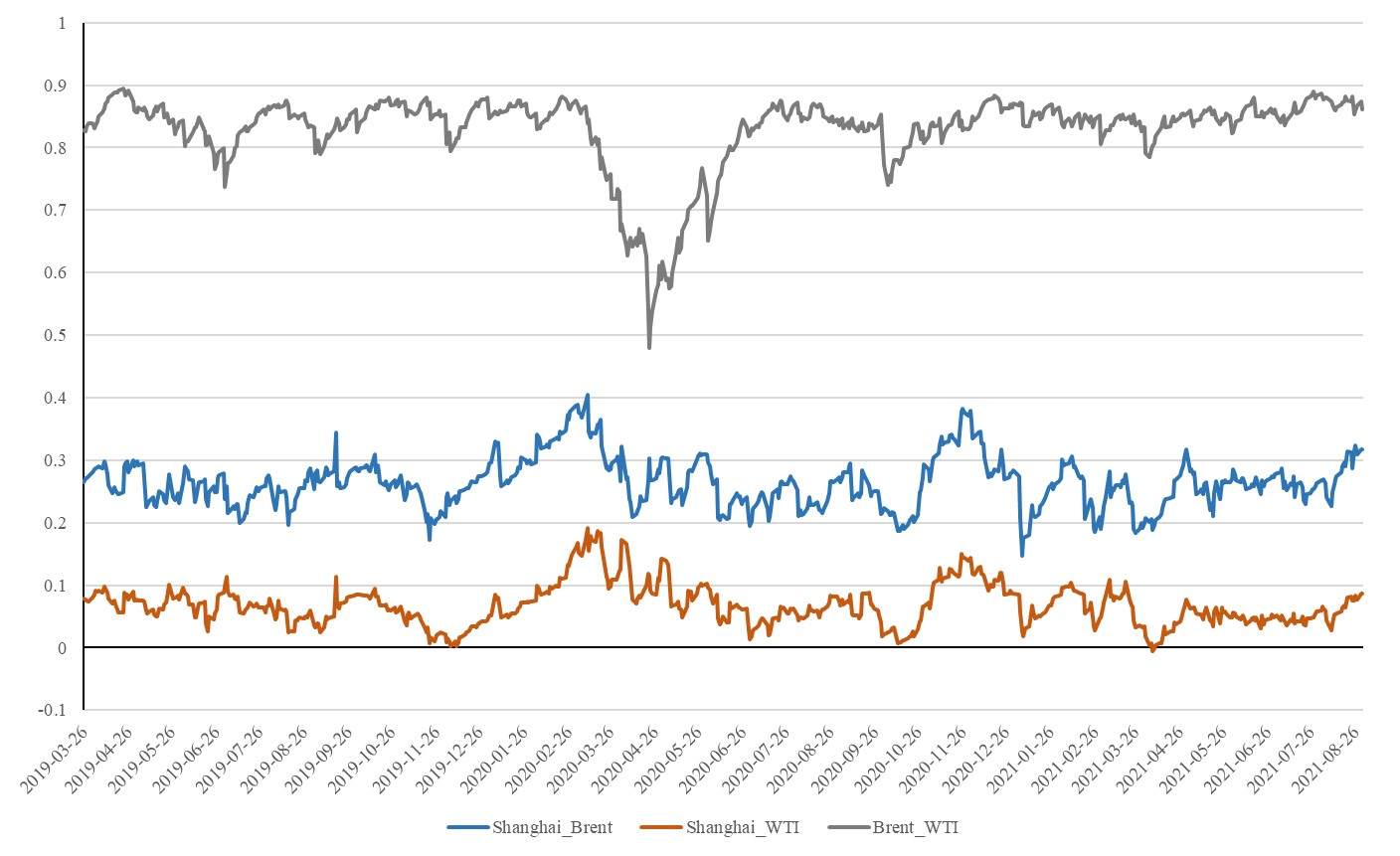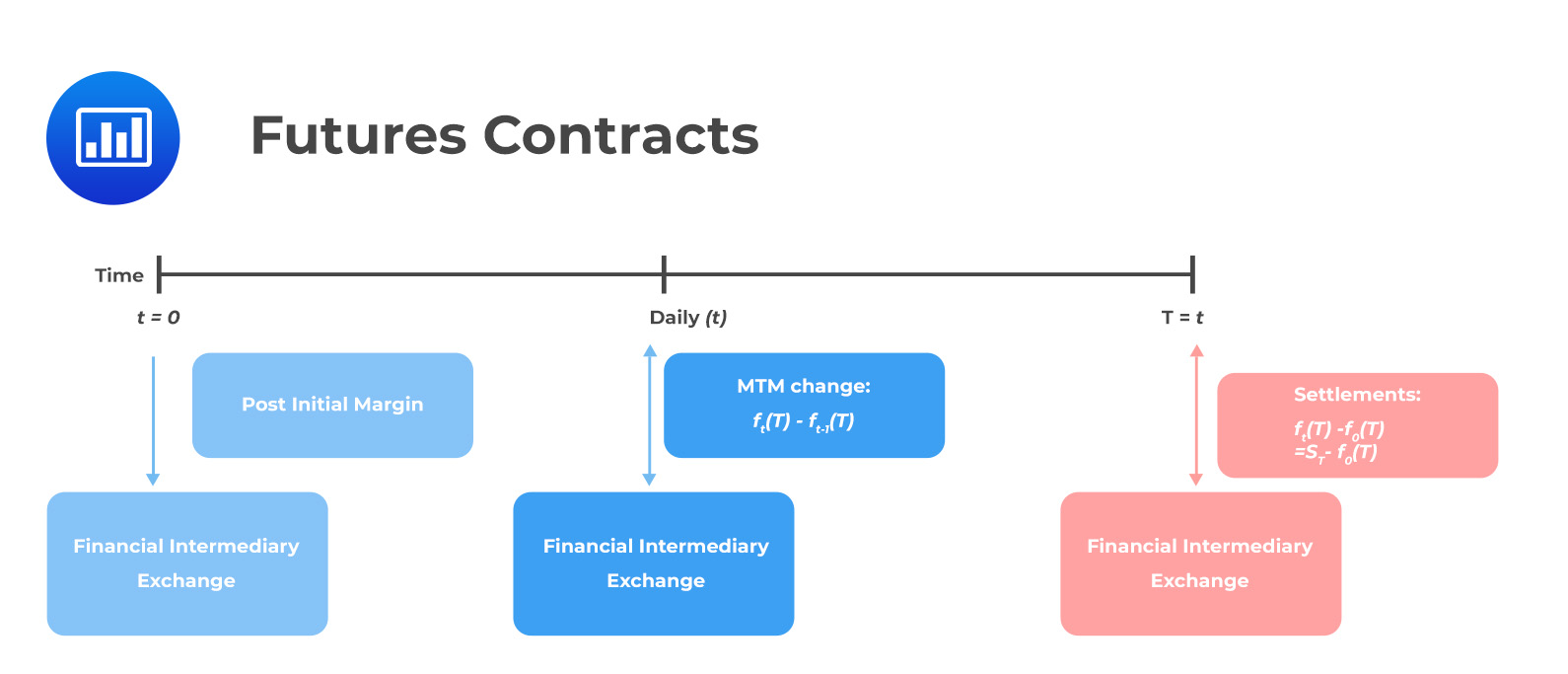

Finance
How Many Hedging Contracts To Buy
Published: January 15, 2024
Learn how to determine the appropriate number of hedging contracts to buy in the finance industry. Get expert advice on effective hedging strategies.
(Many of the links in this article redirect to a specific reviewed product. Your purchase of these products through affiliate links helps to generate commission for LiveWell, at no extra cost. Learn more)
Table of Contents
Introduction
Welcome to the world of finance, where risk management plays a vital role in ensuring the stability and profitability of businesses. One of the most commonly used tools in risk management is hedging contracts. Hedging contracts are financial instruments used to protect against potential losses caused by price fluctuations in various asset classes, such as commodities, stocks, or currencies.
Imagine you are a farmer who grows wheat. You know that the price of wheat can be quite volatile, influenced by factors like weather conditions, supply and demand dynamics, and geopolitical events. Fluctuating wheat prices can have a significant impact on your profitability. To minimize this risk, you can enter into a hedging contract that allows you to sell a specified quantity of wheat at a predetermined price in the future. This way, you can lock in a favorable price and protect yourself against potential losses if the price of wheat drops.
Hedging contracts are not limited to commodities. Investors and businesses can use them for various financial assets, including stocks, bonds, and currencies. The goal is to mitigate the risk of price volatility and uncertainty, ensuring more predictable outcomes.
Before diving into how to calculate the optimal number of hedging contracts to buy, let’s first understand the basics of hedging contracts and the factors that influence hedging decisions.
Understanding Hedging Contracts
When it comes to hedging contracts, it’s essential to have a clear understanding of their fundamental characteristics and how they function. A hedging contract is a financial agreement between two parties, typically a buyer and a seller, that aims to reduce or eliminate the risk associated with price fluctuations of underlying assets.
There are different types of hedging contracts, such as futures contracts, options contracts, and forward contracts. Each type has its own unique features, but they all serve the purpose of managing risk.
Futures contracts are one of the most common types of hedging instruments. They are standardized agreements to buy or sell an asset on a future date at a predetermined price. These contracts are traded on organized exchanges, such as the Chicago Mercantile Exchange (CME). Futures contracts provide both buyers and sellers with the obligation to fulfill the terms of the contract.
Options contracts, on the other hand, give the buyer the right but not the obligation to buy or sell an asset at a predetermined price, known as the strike price, within a specified period. This flexibility makes options contracts attractive to investors who want to protect themselves from potential losses while still having the opportunity to benefit from favorable price movements.
Forward contracts are similar to futures contracts, but they are typically customized agreements between two parties. Unlike futures contracts, which are traded on exchanges, forward contracts are privately negotiated and not standardized. The terms and conditions of a forward contract are tailored to the specific needs of the parties involved.
Regardless of the type of hedging contract, the basic principle remains the same – to offset potential losses from price fluctuations in underlying assets. By entering into a hedging contract, investors and businesses can lock in prices and shield themselves from adverse market movements.
Now that we have a better understanding of hedging contracts, let’s explore the factors that need to be considered when determining the optimal number of contracts to buy for effective risk management.
Factors to Consider
When it comes to determining the optimal number of hedging contracts to buy, several factors need to be taken into consideration. These factors will vary depending on the specific situation and the asset being hedged. Here are some key factors to consider:
- Value at Risk (VaR): VaR is a measure of the potential loss in value of a portfolio or asset over a specified time horizon. It provides an estimate of the maximum loss that can be expected with a given level of confidence. By assessing the VaR, you can determine the extent of risk you want to hedge against.
- Correlation: Understanding the correlation between the underlying asset and the hedging instrument is crucial. Positive correlation means that the two move in the same direction, while negative correlation signifies that they move in opposite directions. Choosing a hedging instrument with a strong negative correlation can provide effective risk mitigation.
- Volatility: Volatility measures the degree of fluctuation in the price of an asset. Higher volatility implies greater price swings and, therefore, increased risk. Consider the level of volatility in the underlying asset when deciding on the number of contracts to purchase.
- Capital at Risk: Assessing the amount of capital you are willing to put at risk is essential. This will determine the size of the hedging position you can take. Consider your risk tolerance, available funds, and the potential impact on your overall portfolio.
- Time Horizon: The length of time you want to hedge the position will impact the number of contracts you need. Longer time horizons may require larger positions to provide adequate protection against price fluctuations.
- Transaction Costs: Take into account the costs associated with executing the hedging strategy, such as commissions, fees, and bid-ask spreads. These costs can erode potential gains or increase losses, so it’s important to consider them when determining the optimal number of contracts to purchase.
By carefully considering these factors, you can make an informed decision about the number of hedging contracts to buy. Keep in mind that striking the right balance is crucial. Buying too few contracts may leave you exposed to excessive risk, while buying too many contracts may result in unnecessary hedging costs and reduced potential returns.
Now that we understand the factors to consider, let’s move on to the next step – calculating the hedging quantity.
Calculating the Hedging Quantity
Calculating the optimal hedging quantity requires a careful analysis of various factors, including the size of the position being hedged and the characteristics of the hedging instrument. Here’s a step-by-step guide to calculating the hedging quantity:
- Determine the Size of the Position: Start by determining the size of the position you want to hedge. This could be the quantity of the underlying asset you own or plan to acquire.
- Identify the Contract Size: Find out the contract size of the hedging instrument you plan to use. This refers to the quantity of the underlying asset covered by a single contract. For example, in futures contracts, the contract size for commodities is often standardized, such as 1,000 barrels of oil.
- Calculate the Hedge Ratio: The hedge ratio represents the proportion of the position to be hedged. It is calculated by dividing the size of the position by the contract size. For instance, if you have a position of 10,000 barrels of oil and the futures contract size is 1,000 barrels, the hedge ratio would be 10 (10,000 / 1,000).
- Adjust for Correlation: Taking into account the correlation between the underlying asset and the hedging instrument, adjust the hedge ratio accordingly. For positive correlation, the hedge ratio will be positive, while for negative correlation, the hedge ratio will be negative. This adjustment reflects the desired hedging effect.
- Round to the Nearest Whole Number: After adjusting for correlation, round the hedge ratio to the nearest whole number. Since you cannot execute a fraction of a contract, rounding to the nearest whole number ensures a practical and feasible hedging quantity.
- Calculate the Hedging Quantity: Finally, multiply the rounded hedge ratio by the contract size to calculate the hedging quantity in terms of the hedging instrument. This represents the number of contracts you should buy to effectively hedge your position.
It’s important to note that this calculation provides a starting point for determining the hedging quantity. It should be used as a guide, and adjustments may be necessary based on individual circumstances and risk preferences.
Now that we have calculated the hedging quantity, let’s move on to the next step – determining the optimal number of contracts to buy for effective risk management.
Determining the Optimal Number of Contracts to Buy
Once you have calculated the hedging quantity, the next step is to determine the optimal number of contracts to buy to effectively manage your risk. Here are some key considerations to help you in this process:
- Risk Exposure: Assess your desired level of risk exposure. This can be determined based on factors such as your risk tolerance, financial goals, and market conditions. If you want to fully hedge your position, the optimal number of contracts to buy will be equal to the calculated hedging quantity. However, if you are comfortable with some level of risk, you may choose to buy fewer contracts.
- Balance Cost and Benefit: Evaluate the cost-effectiveness of the hedging strategy. Consider the costs associated with buying and maintaining the contracts, such as transaction fees and margin requirements. Compare these costs with the potential benefits of the hedge in terms of risk reduction and potential profit preservation. Strive to strike a balance between cost and benefit to determine the optimal number of contracts to purchase.
- Market Liquidity: Take into account the liquidity of the hedging instrument. If the market for the hedging instrument is highly liquid, it may be easier to buy or sell the contracts in the desired quantity. On the other hand, if the market is illiquid, it may be more challenging to execute the hedge as intended. Consider the liquidity of the market when determining the optimal number of contracts to buy.
- Monitoring and Adjustments: Remember that risk management is an ongoing process. Monitor the market conditions, the performance of your hedging strategy, and any changes in the underlying asset’s price behavior. If necessary, be prepared to make adjustments to your hedging position, which may involve buying or selling additional contracts to maintain an optimal level of risk mitigation.
By carefully considering these factors, you can determine the optimal number of contracts to buy for effective risk management. It’s important to remember that this number may change over time, depending on market conditions and your risk appetite. Regularly assess and reassess your hedging strategy to ensure it aligns with your goals and objectives.
Now that we have explored how to determine the optimal number of contracts to buy, let’s wrap up our discussion.
Conclusion
Hedging contracts are powerful tools for managing risk in the world of finance. Whether you’re a farmer looking to protect against volatile commodity prices or an investor safeguarding your portfolio from market fluctuations, understanding how to calculate the optimal number of hedging contracts to buy is crucial.
In this article, we have explored the basics of hedging contracts and the factors to consider when determining the quantity of contracts to purchase. By assessing the value at risk, understanding correlation and volatility, and considering your capital at risk and time horizon, you can calculate the appropriate hedging quantity.
However, determining the optimal number of contracts to buy also requires taking into account factors such as risk exposure, balancing cost and benefit, market liquidity, and the need for monitoring and adjustments. Striking the right balance between risk mitigation and cost-effectiveness is essential in achieving effective risk management.
Remember that risk management is an ongoing process. Regularly reassess your hedging strategy, monitor market conditions, and be prepared to make adjustments as needed. Markets are dynamic, and the optimal number of contracts may change over time to align with your goals and risk appetite.
In conclusion, hedging contracts can provide invaluable protection against price fluctuations, ensuring more stable financial outcomes. By carefully considering the factors and calculations discussed in this article, you can make informed decisions about the number of hedging contracts to buy and strengthen your risk management practices.
So, embrace the power of hedging contracts and navigate the financial landscape with greater confidence and stability.














